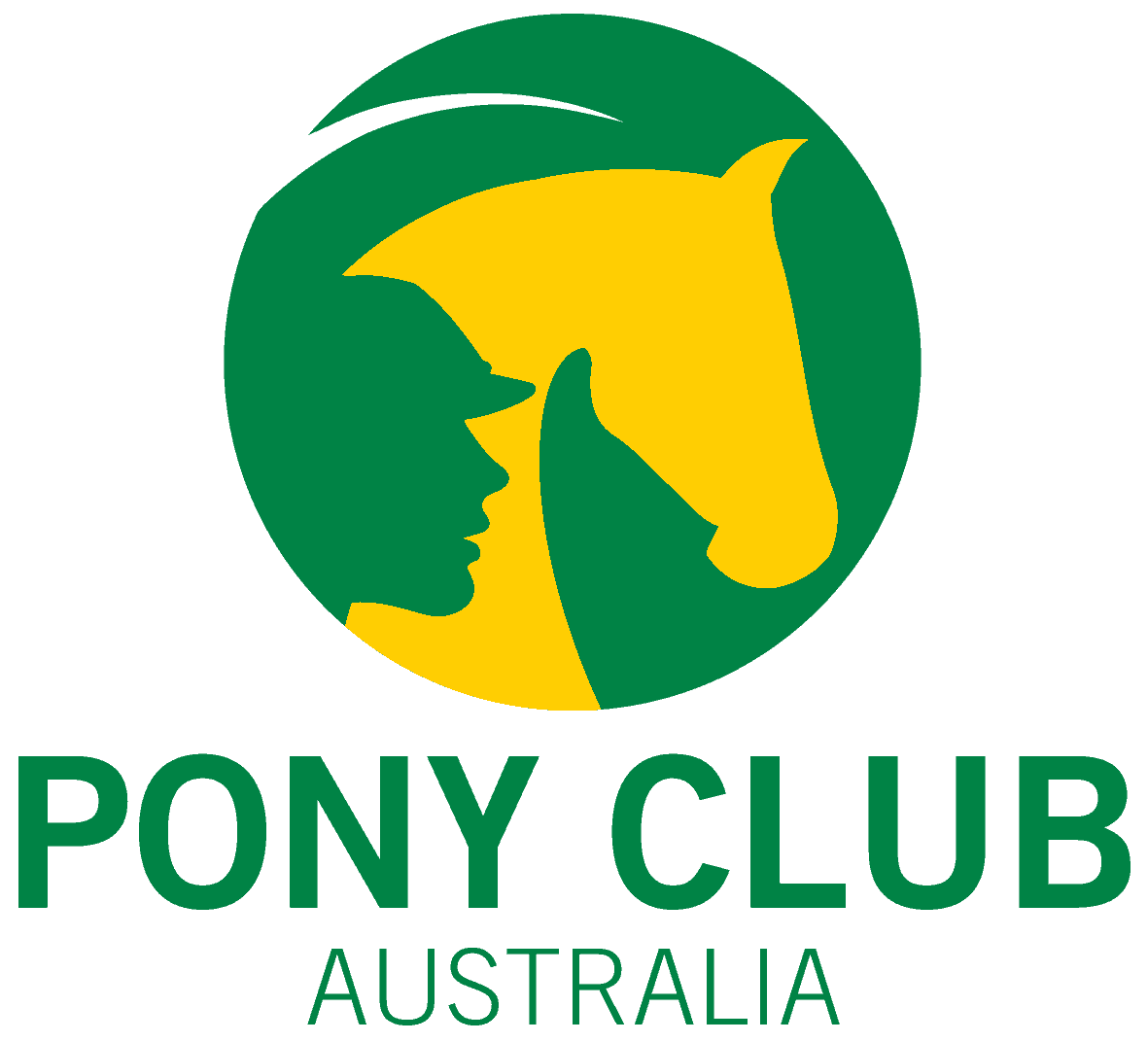Today, we’re discussing into the important topic of horse welfare when it comes to trimming. Proper grooming not only keeps your horse looking their best but also ensures their comfort and health. Here’s how to trim your horse with care and consideration for their well-being.
Mane Management
Trimming your horse’s mane regularly makes plaiting and show preparation easier, ensuring your horse looks neat even when not plaited. Start by thoroughly combing the mane, then trim it to the desired length using scissors. A natural finish is often more aesthetically pleasing than a perfectly straight line, and any imperfections will grow out in a few weeks.
Tip: For thick manes, leave them slightly longer to facilitate easier plaiting. Instead of thinning the mane by pulling out sections, which is painful, learn to plait the thick mane so that it looks good. You can do this by making more plaits so they aren’t too large once rolled.
Tail Trimming
To trim the tail, first remove any tangles. Have a helper hold the tail slightly up at the dock, mimicking the horse’s natural movement. Run your hand down the tail and grasp it just above the spot where you intend to cut. Use scissors to trim the tail, then check for an even level with the ground.
Feather Care
Feathers on your horse’s legs serve as protection, acting like drainpipes for water and shielding the fetlock and pastern from moisture and skin irritations. If your horse is stabled and you have a significant show, you can trim them slightly for a neater appearance. However, allow them to grow back as soon as possible and care must be taken while he is missing this important protection.
Ear Hair
The hair in your horse’s ears protects them from insects and dust and should never be trimmed or clipped out. If there are very long sections sticking out, carefully trim them using blunt-ended scissors, clasping the ear together and trimming only the protruding hairs. Always have a helper steady your horse’s head during this process.
Whisker Welfare
Whiskers around the eyes and nose, known as vibrissae, are highly sensitive and crucial for your horse’s safety. They help with spatial awareness, especially in low light or confined spaces like a trailer. Horses can’t see the bits of grass that they’re grazing, so the vibrissae help them choose between weeds and pasture. The FEI has banned the trimming of horse’s whiskers and it is a breach of the PCA Horse Welfare Policy to remove sensory hairs around the mouth, nose or eyes. Whiskers are very important to the horse and should always be left natural.
Tail Top Care
The hair at the top of the tail protects your horse’s rump from bad weather. The top of the tail can sometimes be trimmed at the sides of the dock for a neat appearance, but care should then be taken as the horse will need to be rugged with a tail flap to make up for the loss of hair. Leaving the hair natural and plaiting the tail for a neat appearance is a better choice. You can also put a tail bandage on a natural tail for a couple of hours before the competition to help the hairs life flat if you choose not to plait the tail. Care should be taken when bandaging to avoid pressure sores or circulation issues.
By following these guidelines, you ensure your horse not only looks their best but also remains comfortable and healthy. Thoughtful trimming practices are a key aspect of responsible horse care and welfare. Happy grooming!
